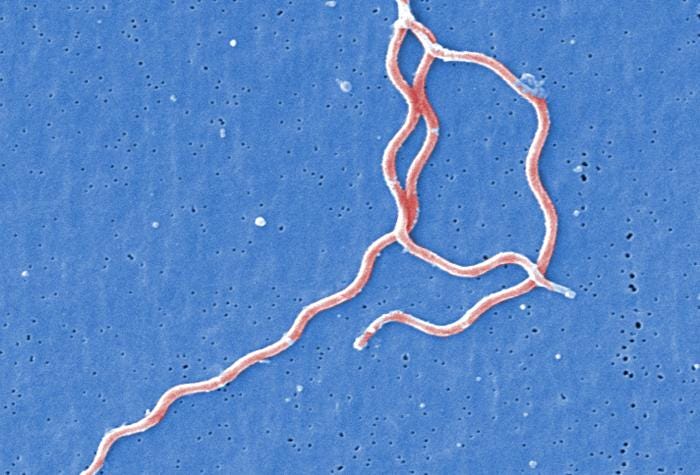An article published last year in the European Journal of Microbiology and Immunology, an international, peer-reviewed online journal, was the first to demonstrate the presence of Borrelia biofilm in human infected skin tissues making the spirochete resistant to treatment as the allows it to “hide out” from antibiotics.
Study lead author and Professor and Department Chair at the Department of Biology and Environmental Science at the University of New Haven, Dr. Eva Sapi joined me to discuss the research in this 2016 interview.
“A biofilm is a complex aggregation of microorganisms growing on a solid substrate,” Sapi, who has chronic Lyme disease, said. “Unlike the more familiar free-swimming bacterial forms, cells in biofilms surround themselves with a complex matrix, better known as ‘slime,’ to protect the cells from environmental stresses such as the attack of the immune system or the exposure to antibiotics.”





